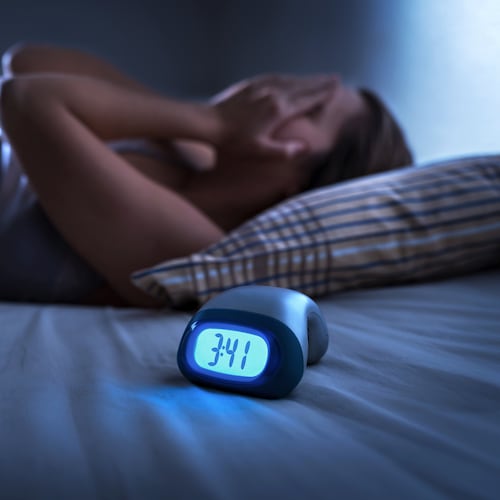Summer is gone, daylight saving time ends in November, and the warm, sunny days are giving way to cooler, longer nights.
With these changes, many people may find themselves feeling the effects of SAD, or seasonal affective disorder. While it’s common, exposure to the right kind of light can make a noticeable difference.
What is seasonal affective disorder?
Seasonal affective disorder (SAD) is a form of depression characterized by seasonal patterns. A person suffering from SAD experiences mood changes that begin and end with seasonal changes. They often experience “winter blues” during the shorter days of the fall and winter, but feel better by springtime.
The cause? According to Robert Levitan, a University of Toronto professor and senior scientist at the Center for Addiction and Mental Health, it comes down to light.
“One of the things that’s unusual about SAD is that it’s the only form of depression where we know the trigger, which is a lack of environmental light,” he told the American Heart Association (AHA).
“Most depressions are not as predictable. This predictability can help some individuals recognize symptoms and implement treatment quickly, though for others it can lead to weeks of negative anticipation as the fall approaches.”
SAD symptoms and diagnosis
According to the National Institute of Mental Health, SAD symptoms often last around four to five months. They include feeling anxious, irritable, restless, helplessness, fatigue, changes in weight or sleep, difficulty concentrating and thoughts of death or suicide.
Not everyone experiences SAD the same way, according to Levitan.
“There’s a continuum,” he told AHA. “Some people just feel tired. They enjoy things less but can get to work and function. However, for some it is truly disabling.”
The National Institute of Mental Health suggest talking to a health care provider or a mental health specialist, if you believe you are showing symptoms of seasonal affective disorder.
According to Johns Hopkins Medicine, SAD usually appears in adulthood and becomes more likely with age. It’s rare under age 20, and is more common in women than men.
How light therapy can treat SAD
Light therapy has been used to treat seasonal affective disorder for decades, according to the National Institute of Mental Health.
The treatment involves a patient sitting in front of a 2,500 to 10,000-lux light box for 30 to 45 minutes every day from fall to spring. Roughly 20 times brighter than a normal indoor light, the light box is designed to mimic sunlight with minimal UV rays.
According to Cleveland Clinic psychologist Adam Borland, PsyD, it’s the lack of winter sunlight that can negatively impact our mental health.
“Especially in the winter, our bodies react to the gray, cold weather and lack of natural sunlight,” Borland told the Cleveland Clinic last year. “What light therapy does is compensate for the lack of exposure that we get from natural sunlight.”
The light therapy helps keep your circadian rhythm in check, while also balancing your serotonin levels. It can aid sleep, the effectiveness of antidepressants and can improve depression symptoms, according to the Cleveland Clinic.
“Go in with an open mind,” Borland said. “This is something that can be used in addition to medication, talk therapy, exercise and socializing — all of these things that are important in life.”
About the Author
Keep Reading
The Latest
Featured


